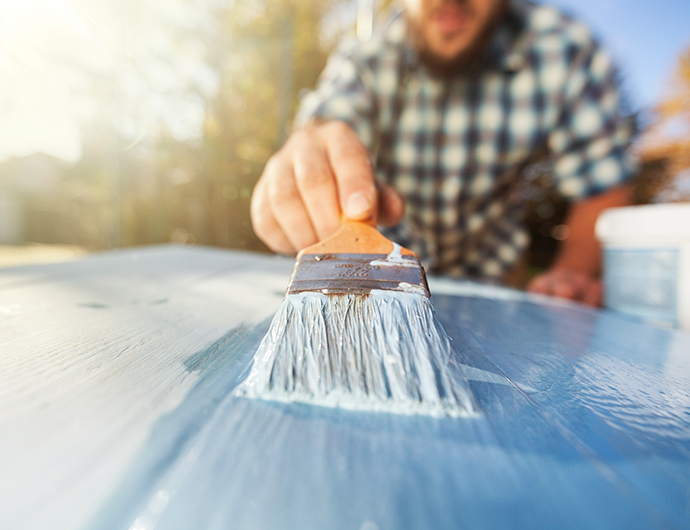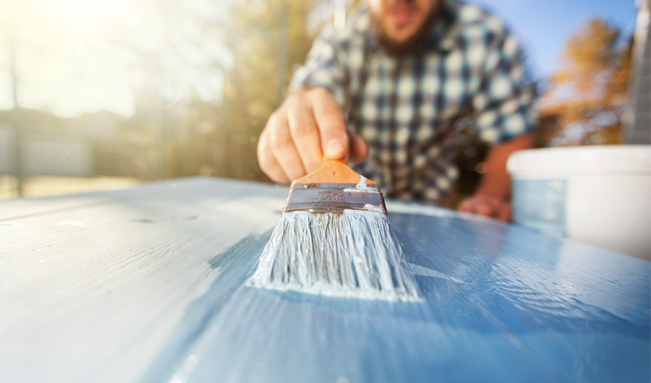



With a focus on sustainability, “well building” design and the latest trends that enable resilient, more efficient homes, schools and workplaces, interior designers have the power to make choices that can transform commercial and residential building spaces in innovative ways.
The products of chemistry are an essential component of this transformation. Chemicals are the building blocks for many high-performing materials that contribute to durable carpet and flooring, comfortable furniture, energy efficient lighting and bright, bold paint colors.









